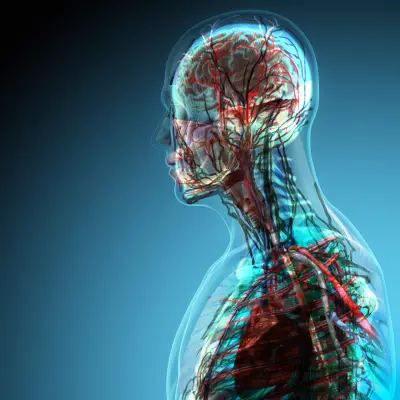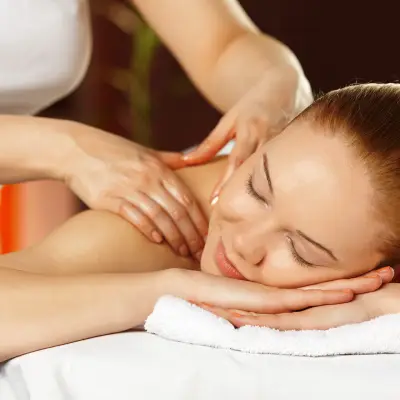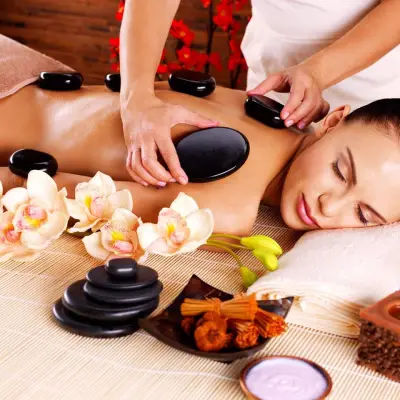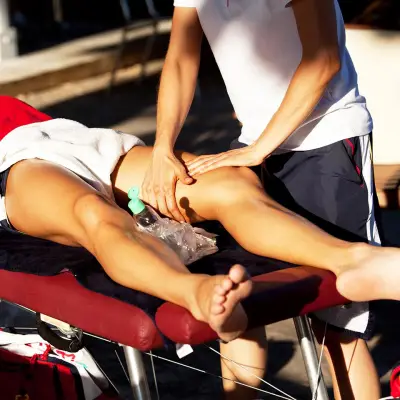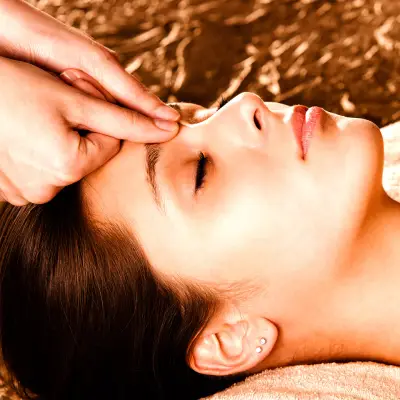You may be considering massage therapy because you’ve heard it can help ease stress, soothe aches, or improve your general well-being. Whether you're new to massage or thinking of making it a regular part of your lifestyle, this guide explores the physical, mental, and long-term benefits of massage.
Jump to:
Recommended for you!
Best SellersPhysical Benefits of Massage Therapy
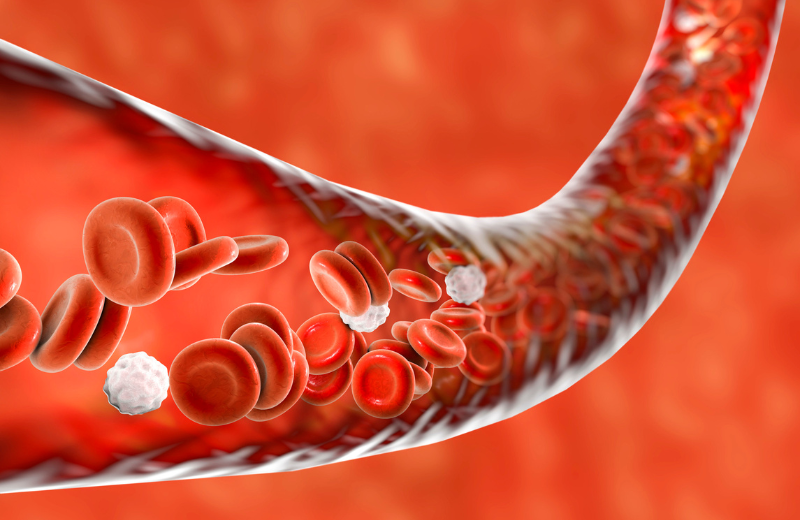
Massage can help you physically in many ways, from easing discomfort to improving circulation and flexibility. Here are some of the key physical benefits you might experience.
Eases Muscle Tension and Pain
One of the best-known benefits of massage therapy is its ability to ease tight, sore muscles. Whether you’re recovering from exercise, dealing with everyday tension, or sitting at a desk for too long, massage helps to relax those overworked areas.
Techniques such as kneading, pressure point work, and long gliding strokes can target knots—those hard, painful spots that limit your movement. So yes, massages do actually get knots out, and many people find relief after just one session. Regular sessions can also prevent the build-up of tension over time.
Improves Circulation
Massage stimulates blood flow throughout the body, which delivers oxygen and nutrients to tissues more efficiently. Better circulation also helps to remove waste products from muscles, supporting your body’s natural healing process. This benefit is especially helpful if you're recovering from injury or managing chronic tension.
Supports Recovery and Reduces Inflammation
Massage has been shown to reduce inflammation markers in the body and support the recovery of muscles after physical strain. Sports massage is especially useful for easing stiffness, reducing swelling, and helping you bounce back faster after exercise.
Aids the Lymphatic System
Massage doesn’t just benefit your muscles; it also supports your lymphatic system, which helps the body remove toxins and fight off illness. Lymphatic drainage massage uses gentle pressure to help move lymph fluid and reduce bloating or sluggishness.
If you’ve ever felt a bit groggy after a massage, this is why therapists always advise that you drink water after a massage. It helps flush out these released waste products and keeps you feeling your best afterwards.
Encourages Better Posture and Flexibility
When muscles are tight or unbalanced, they can pull your body out of alignment. Over time, this can lead to discomfort, poor posture, or even injury. Massage therapy relaxes these imbalances, making it easier to sit, stand, and move with ease. With regular treatment, your body may begin to hold itself better without as much effort.
Mental and Emotional Advantages of Massage
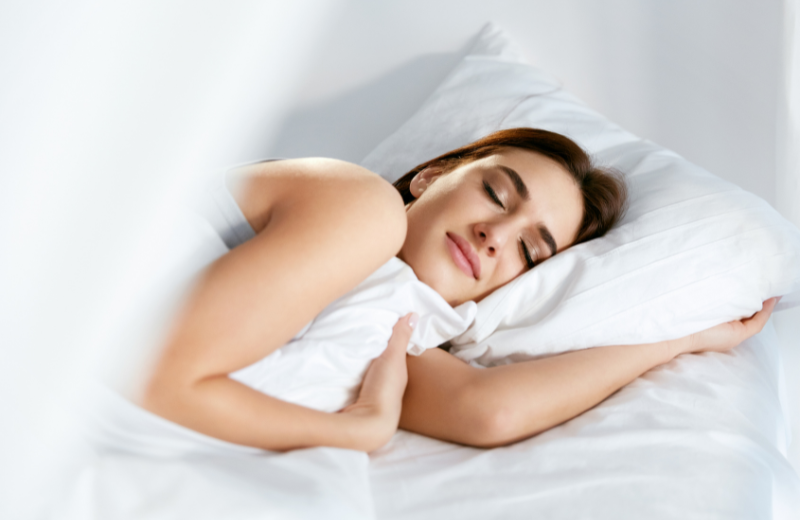
Massage has a powerful impact on your emotional and mental state, helping to reduce stress and lift your mood. Here are some of the ways it can support your mental well-being.
Lowers Stress and Anxiety
Massage is one of the simplest and most enjoyable ways to lower stress levels. As your body relaxes, it shifts into what’s known as the parasympathetic state, commonly referred to as “rest and digest.” This slows your breathing, lowers your heart rate, and calms the nervous system.
The psychological effects of massage include a reduction in anxiety, a boost in mood, and improved emotional resilience. Many people describe feeling emotionally lighter or more at peace after a session.
Improves Sleep Quality
If you struggle with falling or staying asleep, a massage might help. It helps improve the quality of your sleep by easing physical tension and quietening mental chatter, making it easier to fall and stay asleep. Also, the soothing nature of a well-being massage makes it easier for your body to settle down and stay in a balanced rhythm.
Boosts Energy and Focus
While massage promotes rest, it can also leave you feeling more energised and clear-headed. When your muscles are relaxed and your mind is calm, it’s easier to concentrate and stay present. This boost in mental clarity is a welcome benefit for anyone facing a demanding schedule or emotionally heavy workload.
Long-Term Massage Therapy Benefits

Regular massage can lead to lasting improvements in your overall health. Here are some of the long-term benefits of making massage part of your routine.
Helps Manage Chronic Pain
One of the key long-term benefits of massage therapy is support for chronic pain conditions. Whether you’re dealing with arthritis, fibromyalgia, migraines, or lower back pain, regular massage may reduce flare-ups and provide lasting relief.
To fully feel the long-term benefits of massage, combine it with other healthy habits like stretching, hydration, and good posture.
Promotes General Well-being
The overall benefits of massage go beyond single sessions. Over time, people who receive regular massages often report feeling more balanced, more in tune with their bodies, and better able to handle life’s stressors.
Beyond easing aches and pains, massage contributes to a greater sense of overall well-being that can positively shape your everyday experience.
Encourages a Healthy Lifestyle
Many people find that once they start getting massages regularly, they begin taking better care of themselves in other ways, too. Massage helps you become more aware of how your body feels and what it needs. You might be inspired to stretch more, drink more water, or move more mindfully.
Recommended for you!
Best SellersFrequently Asked Questions About Massage Therapy
What are the benefits of having a full-body massage?
A full body massage offers a complete reset, relaxing every major muscle group, improving circulation throughout the body, and helping you feel more balanced physically and emotionally. It also allows your therapist to identify and treat hidden tension in areas you may not realise are tight.
How often should you get a massage?
For general well-being, once a month is a good baseline. If you're managing chronic pain or high stress, every 1–2 weeks can offer more consistent benefits. Your needs may change over time, so it’s worth adjusting the frequency as your body responds.
Why drink water after a massage?
Water helps flush out the waste products and toxins that are released during a massage. Staying hydrated afterwards can also prevent any soreness and support the lymphatic system. It’s a simple step that helps your body process the benefits more effectively.
What does your body release when you get a massage?
Massage encourages the release of dopamine, serotonin, and endorphins—natural feel-good chemicals that promote relaxation and improve mood. These chemical shifts can leave you feeling uplifted and emotionally rebalanced.
Who should avoid massages?
Massage should be avoided if you have a fever, infection, recent surgery, open wounds, blood clots, or certain heart or skin conditions. Always consult your healthcare provider if you're unsure. It’s important to be cautious and choose treatments that are right for your current health status.
Do massages help with weight loss?
While massage won’t directly lead to fat loss, it may reduce water retention, aid digestion, and support overall body awareness, complementing a healthy weight-loss plan. Many people also find it encourages a more mindful connection to their body and habits.
Do massages actually get knots out?
Yes, especially when done regularly. A skilled massage therapist can work through muscle adhesions, improving comfort and flexibility. With time, this can lead to better mobility and fewer flare-ups of pain or tightness.
What toxins are in muscle knots?
Muscle knots can trap metabolic waste, such as lactic acid and other byproducts of muscle activity. Massage helps flush these out through improved blood and lymph flow. Clearing these substances may also reduce feelings of fatigue or heaviness in the body.
What part of the body feels best to massage?
It varies! Popular areas include the shoulders, back, feet, and scalp. These spots often carry the most tension, so massaging them can lead to quick, noticeable relief.
Is it normal to feel sore after a massage?
Feeling sore after a massage is normal, especially after deep tissue work. This should subside in a day or two and is a sign that your muscles are responding to the treatment. Think of it like the soreness after a good workout; your body is adjusting and healing.
Study Our Massage Therapist Diploma for £29
If you’re interested in learning more or considering a career as a massage therapist, you can take the next step with Centre of Excellence. Our Massage Therapist Diploma Course is designed to give you the knowledge, confidence, and practical skills needed to pursue massage professionally or for personal use.
